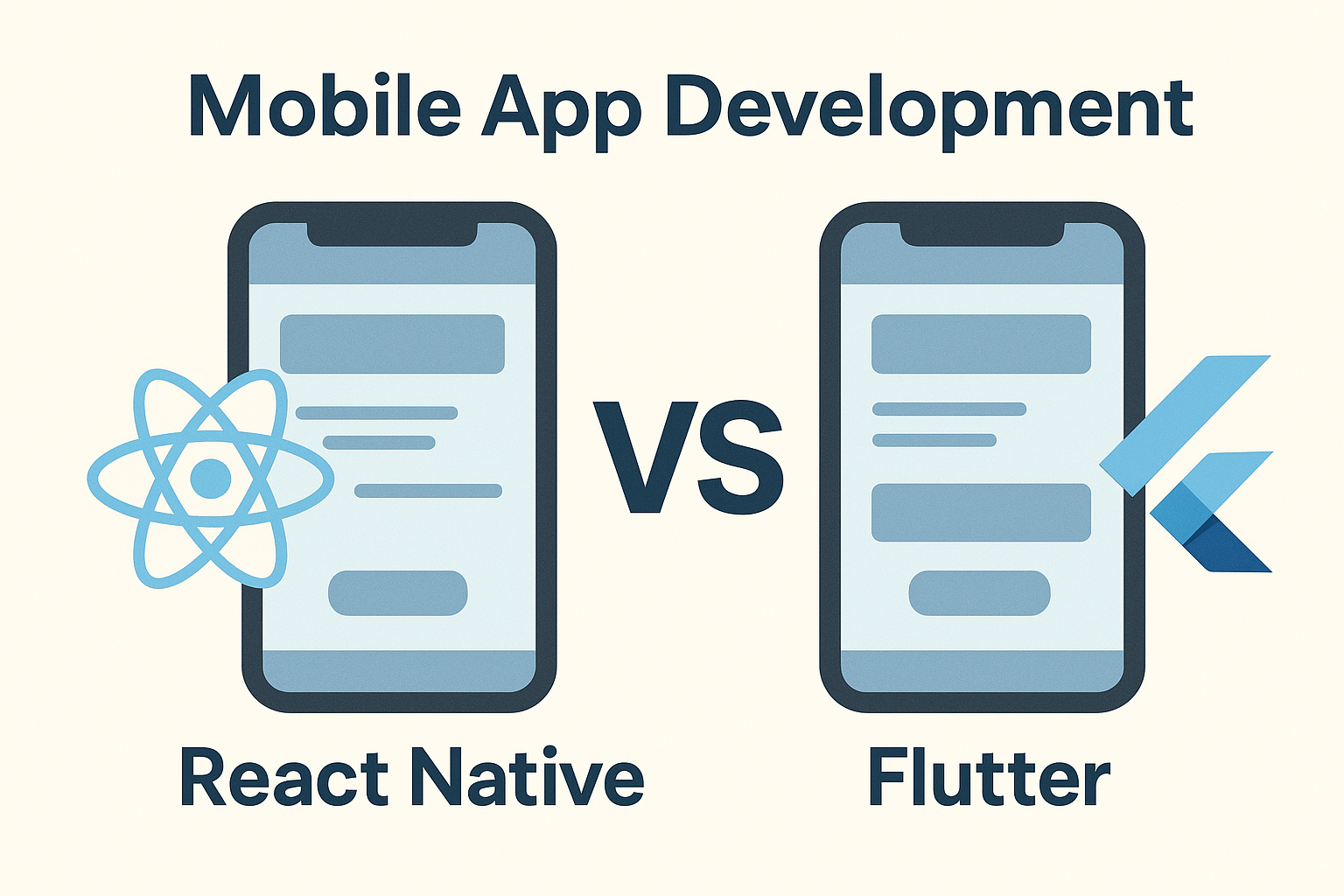7 common cloud migration strategies that organizations can use to move their applications to the cloud, ranging from simple rehosting to more complex refactoring.
Understanding these strategies will help you choose the best one for your specific use case.
Understanding Cloud Migration
Cloud migration refers to the process of moving digital assets — such as data, applications, and services — from on‑premise infrastructure to cloud‑based environments.
Migration can also involve moving from one cloud platform to another (cloud‑to‑cloud migration). Organizations adopt cloud to improve efficiency, reduce IT costs, and enable innovation.
Before migrating, evaluate data security, compliance, and whether the current architecture suits the cloud. Once assessed, choosing the right strategy is crucial for a smooth transition.
1. Rehosting (Lift and Shift)
Move applications to the cloud without changing the underlying architecture. Fastest path with minimal effort.
Steps for Rehosting:
• Assess current infrastructure to identify candidates for rehosting.
• Choose a CSP (e.g., AWS or Azure) that supports your environment.
• Use migration tools (AWS SMS, Azure Site Recovery) to automate the move.
aws sms create-replication-job --server-id <server-id> --seed-replication-time <timestamp> --description "Lift and Shift Migration"2. Replatforming (Lift, Tinker, and Shift)
Migrate while making small optimizations without changing the core architecture (e.g., switch to managed databases).
Steps for Replatforming:
• Identify minor optimizations (managed DB, caching, autoscaling).
• Migrate with AWS Elastic Beanstalk, Azure App Service, or similar.
• Adopt cloud‑native features that improve efficiency.
Benefits:
• Better performance and cost optimization with minimal code changes.
3. Refactoring (Re‑architecting)
Re‑architect to leverage cloud‑native services. Break monoliths into microservices or serverless. Highest agility and scalability but requires significant effort.
Steps for Refactoring:
• Analyze current architecture and define target design.
• Decompose into microservices or serverless functions.
• Use AWS Lambda, AKS/EKS, Google Cloud Functions, etc.
apiVersion: apps/v1
kind: Deployment
metadata:
name: my-microservice
spec:
replicas: 3
selector:
matchLabels:
app: my-microservice
template:
metadata:
labels:
app: my-microservice
spec:
containers:
- name: my-container
image: my-app-image:v1
ports:
- containerPort: 804. Repurchasing (Move to SaaS)
Replace self‑hosted applications with SaaS equivalents (e.g., move CRM to Salesforce) to reduce maintenance overhead.
Steps:
• Identify apps with viable SaaS replacements.
• Select a reliable provider and migrate data and operations.
Benefits: reduced infrastructure management, improved scalability.
5. Retiring
Decommission redundant or obsolete applications to streamline operations and cut costs.
Steps:
• Assess the portfolio to identify what can be retired.
• Archive or back up critical data.
• Decommission and shut down safely.
6. Retaining (Hybrid Approach)
Keep some workloads on‑premises for compliance, latency, or security while moving others to cloud (hybrid model).
Steps:
• Identify workloads that must remain on‑prem.
• Implement connectivity between on‑prem and cloud (e.g., AWS Outposts, Azure Hybrid).
• Establish governance and secure data flows.
7. Relocating (Cloud‑to‑Cloud Migration)
Move applications from one cloud to another for better pricing, features, or performance.
Steps:
• Export resources from the current CSP.
• Use tools like CloudEndure Migration or Azure Migrate to transition.
• Validate compatibility and configuration in the target cloud.
Key Challenges in Cloud Migration
• Downtime: critical services may be interrupted during moves.
• Security and Privacy: protect data in transit and at rest; maintain compliance.
• Integration Issues: legacy systems may face compatibility gaps with cloud‑native services.
Mitigate using visibility and security tools (e.g., AWS CloudTrail, Azure Security Center) and robust backup strategies.
Conclusion
Choose the strategy that aligns with your goals, timelines, and constraints. Start small, iterate, and measure outcomes.
For guidance, contact us at info@bitnexinfotech.com.




